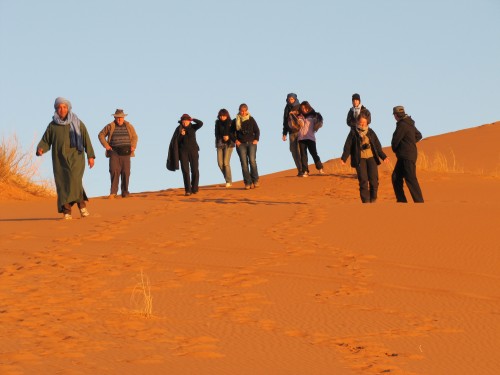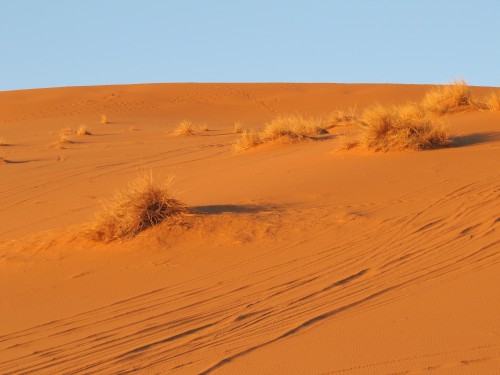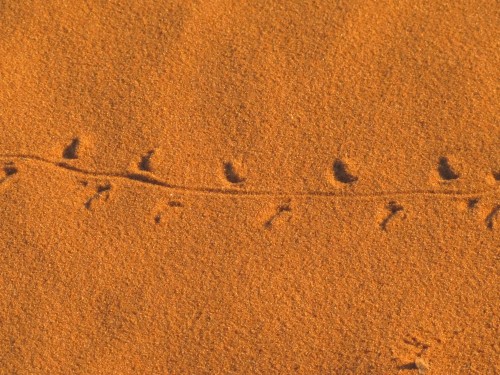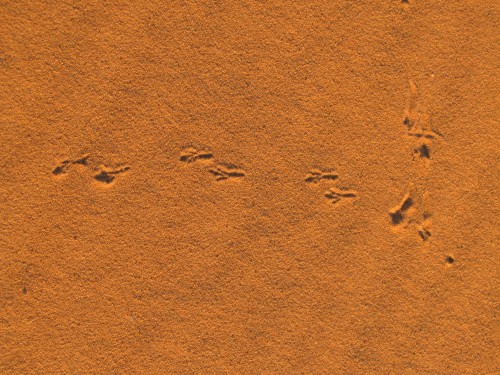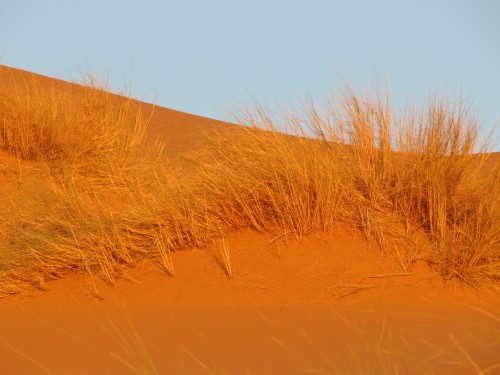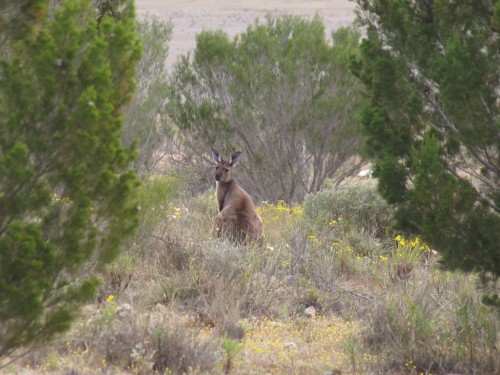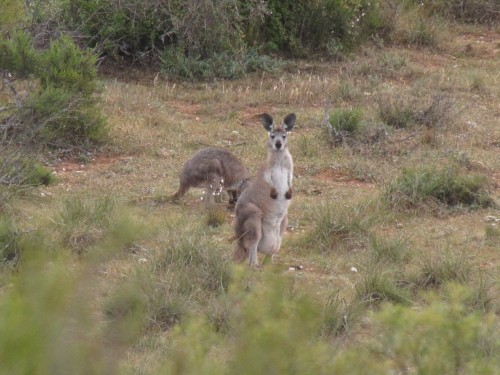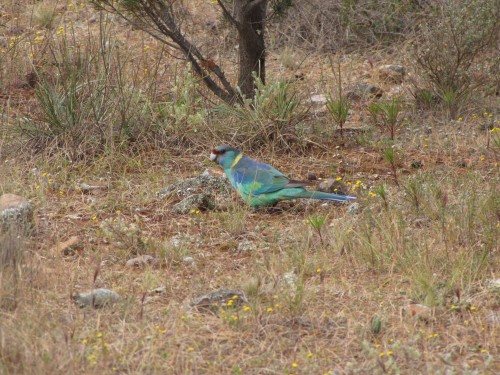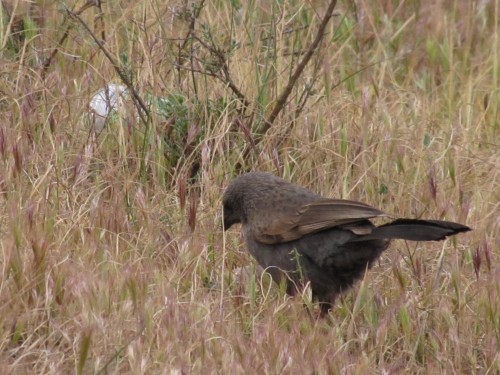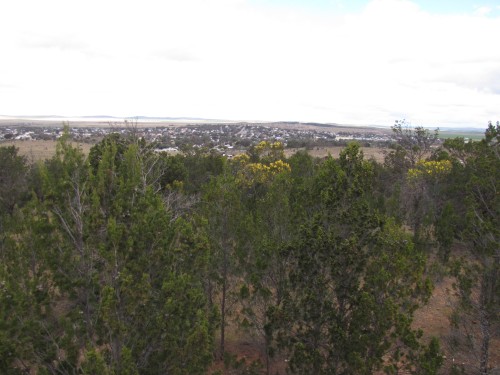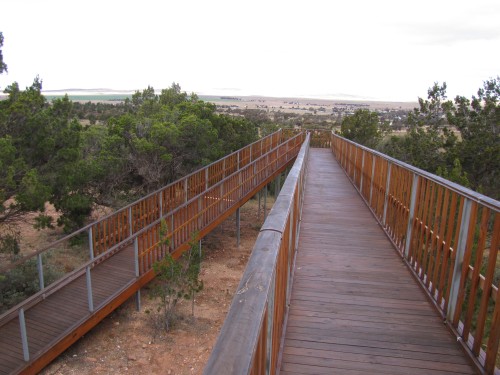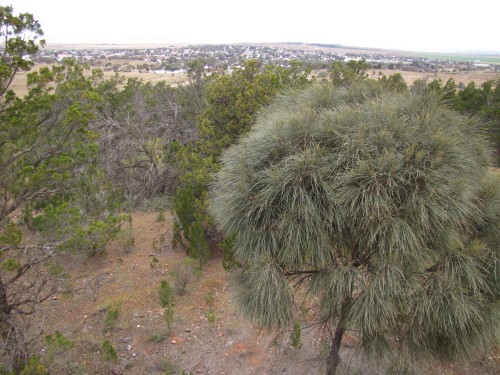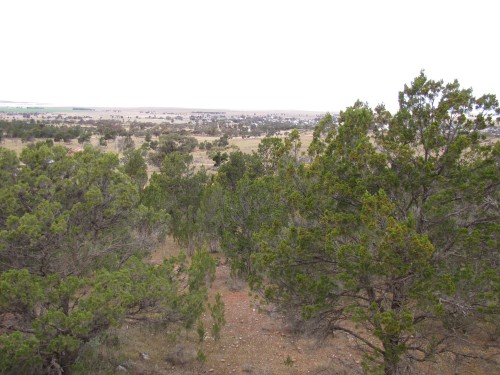Birds of Kasbah Ameridhil
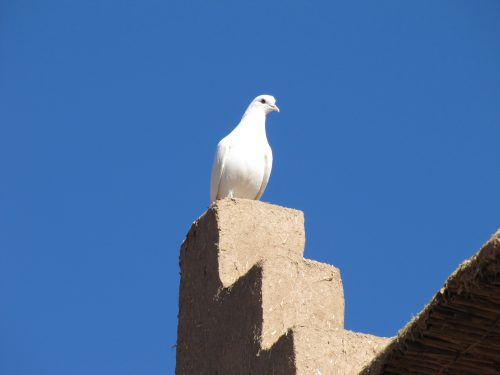
Rock Dove
On our tour of Morocco, I took every opportunity to do some birding.
It proved to be more difficult than I thought. Because we were with a mini-bus tour group, the opportunities to stop and watch – and photograph – the local birds were somewhat limited. I was constantly distracted by looking at the sights, as well as taking photos of the buildings and scenery, as well as listening to our guide and keeping up with the tour group.
In many situations, I could not take the time to get good photos which would have helped with identification later. During our visit to the beautiful Kasbah Ameridhil, I was able to take several photos, and these are featured today. Sadly, they are of very common species, birds I can see almost anywhere here at home in Australia. Above and below, I included photos of two differently coloured Rock Doves. The pure white one above is particularly nice; one does not normally get pure white birds in this varied species. It is more normal to get the plain grey and black colours as in the one below.
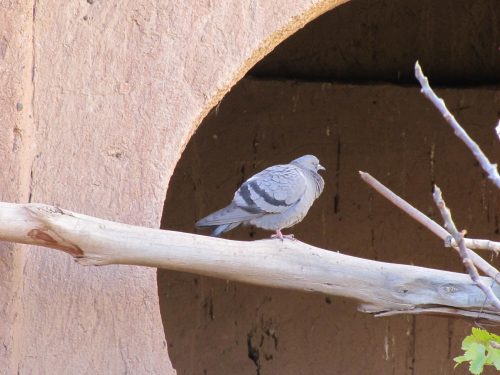
Rock Dove
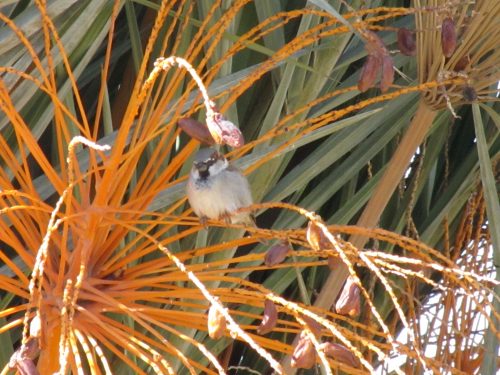
House Sparrow (male)
Another species present in large numbers was the House Sparrow, one of which is shown above. This species appears to be very common in many parts of the world.
The last photo (below) is of a White Stork. I saw plenty of this species throughout our tour of Morocco. This pair – I am assuming that they are a pair – have constructed quite a massive nest on a nearby building. The birds are over a metre tall, so this nest would have to be four or five metres tall. They obviously do not get very strong winds in this area – or those birds are very good at constructing a solid nest.
You can read about Australian birds I have photographed on my other site Trevor’s Birding.
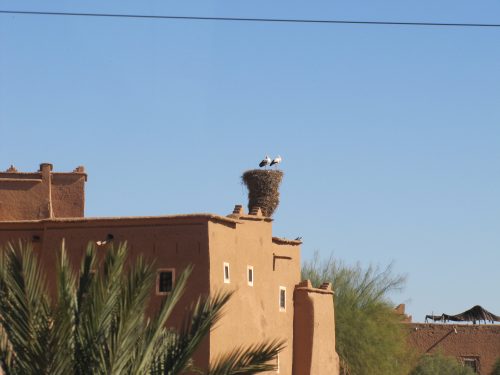
White Storks
Some birds of the Sahara in Morocco
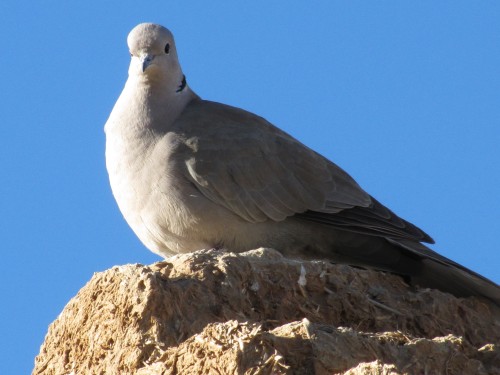
Eurasian Collared Dove at Merzouga in Morocco
Over recent weeks, I have been writing about our experiences while on a tour of Morocco. A few days ago I wrote about our camel ride into the Sahara and our overnight stay in a tent in the desert. On our return to a hotel on the edge of the desert, we had a late breakfast overlooking the desert. After the meal, we boarded our tour bus and moved on to the next destination.
While having breakfast I was able to get some good photos of some of the local birds, as shown in today’s post. The first one above is of the Eurasian Collared Dove, a relatively common bird in this part of the world. It is found throughout much of Europe, Asia and northern Africa, including Morocco. It has been introduced into North America. I actually photographed one in our garden in South Australia a few years ago – click here to see the photos of a sub-species, the Barbary Dove.
The next photo shows a lovely portrait of a Southern Grey Shrike. This species is found in many parts of northern Africa, the Pakistan-Indian region and in Spain. This was the first time I had seen this species so it is a “lifer” for my list.
The third species, as shown below, was a White-crowned Black Wheatear, another “lifer” bird species for me. It was a lovely way to end our visit to the Sahara, and one of the highlights of a wonderful tour of Morocco.
While on the camel ride into the desert I did see several other bird species but I was unable to identify them. It was very difficult to take photos of them from the constantly moving back of the camel I was riding. Near out camp in the desert, I also saw a small flock of House Sparrows.
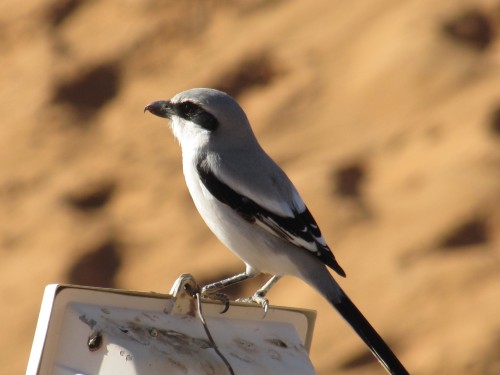
Southern Grey Shrike at Merzouga in Morocco
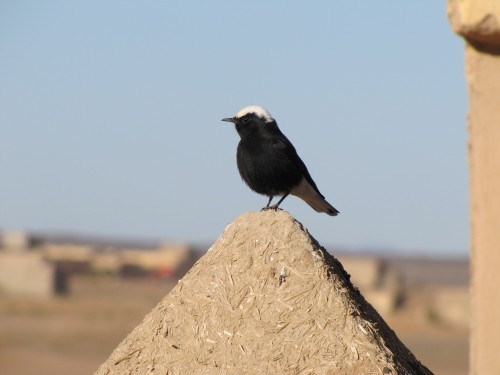
White-crowned Black Wheatear, Merzouga, Morocco
Tracks in the desert
During our brief visit to the Sahara Desert on a tour of Morocco I took a series of photos of the desert, the plants of the desert and some of the tracks seen in the sand. I guess I expected the sand dunes to be pristine, perhaps a little windswept and certainly not covered in all kinds of tracks. Sure – a few footprints like those in the photo of our tour group shown above.
In some parts of the desert through which we travelled on our camel rides into and out of the Sahara I saw many wheel tracks as well. Some of the tracks were obviously those of people walking, larger ones were certainly camel tracks and yet others were motor bike and four wheel drive vehicles.
But what about those shown immediately below? Are they bicycle tracks? I didn’t see anyone riding a bike, but I guess that with the right tyres and plenty of energy it might be possible.
I have no doubt about the tracks shown in the following photo. I am almost certain that this photo shows the track of a small reptile, though it was obviously out and about before I had climbed the sand dune near our camp site. I have no idea what kind of reptile made this track. It may have been a small lizard or a skink or gecko. If my readers can identify this, please let me know in the comments.
Just as puzzling are the tracks shown in the photo below. Are they from a bird? They appear to be of a hopping bird but I am not totally convinced. The only birds I saw on our brief visit to this part of the desert were some House Sparrows near our camp site, and some blue-grey finch-like birds on the camel ride into the desert. Sadly, the motion of the camel I was riding prevented me getting an identifiable photo.
Wildlife in the Greg Duggan Nature Reserve
Kangaroos
The wildlife in the Greg Duggan Nature Reserve in Peterborough, South Australia is quite diverse. Over recent weeks I have been sharing some of the wildflowers I photographed there in September last year. Despite being only 10 acres in size, the fauna is also quite interesting as well. When I visited a small mob of Western Grey Kangaroos was grazing contentedly on the grasses thriving in the park. The female in the photo below looks decidedly like there is a joey in her pouch.
Introduced Mammals
While I didn’t see any other mammals on this visit apart from several rabbits there are sure to be also a few other introduced mammals in this reserve and nearby, including:
- Red Fox (common)
- Brown Hare (common)
- House Mouse (common)
- Black Rat
- Feral House Cat (widespread)
- Goat (present in large numbers further north in the Flinders Ranges)
- Fallow Deer (small feral populations in nearby Jamestown area)
Native Mammals
- Western Grey Kangaroo (common)
- Echidna (probably present in this area)
- Several Bat species (common)
- Brushtail Possum (possibly present)
Reptiles:
I am no expert in this field but there are many species of reptiles in the wildlife of this area, including:
- Snakes – the common species would be Brown Snakes, but there must be others
- Lizards – many species including Blue-tongues, Stumpy-tailed, geckos, skinks and so on
Insects:
Again, I am no expert in this field but I have casually observed a variety of
- butterflies (see photo below – I haven’t been able to identify this one)
- moths
- grasshoppers
- many kinds of beetles, bugs and native cockroaches, to name only a few.
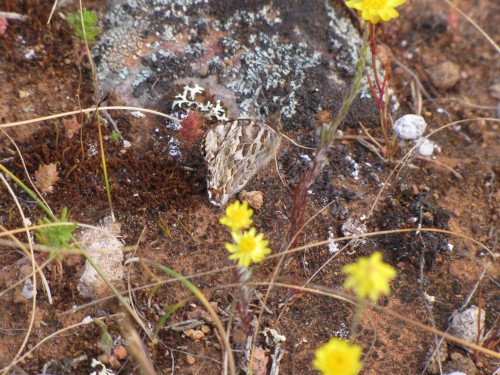
Butterfly or moth? (Hard to see – it is right in the middle of the photo just above the two flowers)
Birds:
This is one area of wildlife where I do have a great deal of knowledge in this area. In all, there are probably well over 150 different species of birds in the region – say, within a 20km radius. Included in this list are a few waterbirds (present in dams and a wetland area near the caravan park), eagles, hawks, pigeons, many species of honeyeaters, chats, babblers, parrots, thornbills, magpies, ravens, woodswallows, finches and the list goes on.
I have included only two photos today (see below). Of special note is the Apostlebird, an uncommon species in South Australia. The township of Peterborough has several large family groups of this species and is one of only a handful of places in the state where they can be reliably seen. The are very common in the eastern states, however.
From the lookout at Peterborough
When visiting family at Peterborough in the mid north of South Australia I try to take some time out to do a little birding, and then write about my sightings on another of my sites, Trevor’s Birding. The area around Peterborough is quite good for birding because most of the species are familiar to me but there is also a sprinkling of dry land species more common further north, birds I don’t often, if ever, see down south in Murray Bridge where I live.
On a visit last September I visited the lookout on Tank Hill at the end of Government Road. While I had done some birding there some years ago it had been while since my last visit. Since then the local council has installed a great lookout overlooking the township.
Leading up to the wheelchair friendly ramp is a well maintained gravel path through the reserve. Over recent days I have posted photos of some of the wildflowers I saw in this, the Greg Duggan Nature Reserve. While the predominant plant in the reserve is native pine (Callitris spp) there is quite a variety of other Australian native plants in the reserve as well. I have posted photos of some of these over recent days, and have more to share in coming days.
